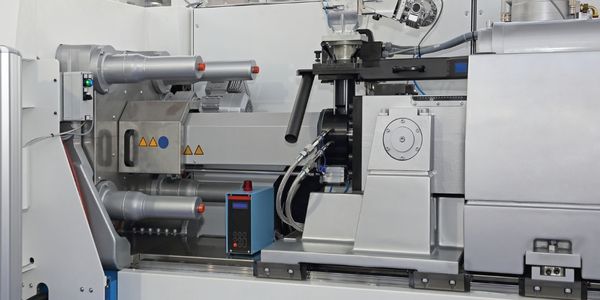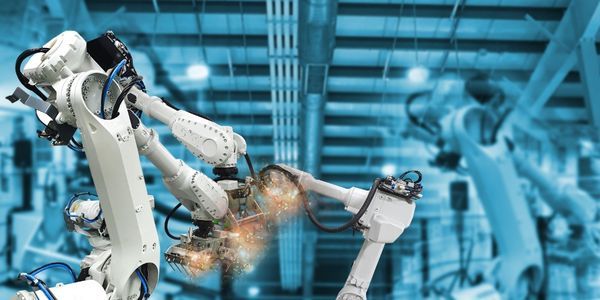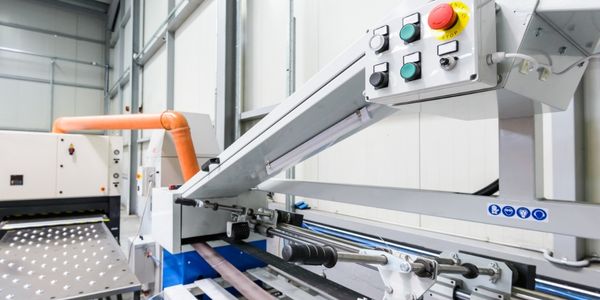
技术
- 功能应用 - 企业资源规划系统 (ERP)
- 基础设施即服务 (IaaS) - 其他
- 网络与连接 - 网关
适用功能
- 离散制造
用例
- 自动化制造系统
客户
未公开
挑战
离散制造领域的特点是自动化系统具有严格的层次结构,通常称为自动化金字塔。传感器获取的数据通常通过 IO 模块流入可编程逻辑控制器 (PLC),后者管理本地实时控制系统。由于所有过程数据都集中在 PLC 中,因此对 PLC 进行重新编程,从而实现访问这些数据的接口似乎是将它们传输到 IT 系统的自然选择。然而,对于棕地安装,这种选择已被证明是不切实际的,原因如下: 在棕地设施中,PLC 通常在曾经指定的环境中运行,并且很少重新编程。这就是为什么在职员工通常不熟悉代码并且缺乏在合理时间内修改现有实现的能力。此外,出于成本原因,选择任何 PLC 以完全符合其预期运行环境的要求。这就是为什么不能假设 PLC 将能够支持额外的任务,例如通过额外的接口进行数据通信。
解决方案
*这是目前正在进行的 IIC 测试平台。* TE Connectivity牵头成员、SAP SE支持成员ifm、OPC 基金会市场细分离散制造 该测试平台通过替换将传感器与实时自动化系统连接的 IO 模块来实施替代解决方案通过网关提取传感器数据并通过附加的通信通道通过 OPC UA (IEC 62541) 将它们传输到 IT 系统。这种“Y-Gateway”重复使用现有的物理连接,并支持通过使用基于开放标准的通用设备模型(基于 ISO 15745-1 的 IO 设备描述)轻松地将 IO-Link 传感器与 IT 集成) 从而启用传感器的远程配置。这种通用设备模型是通过 SAP Manufacturing Integration and Intelligence (SAP MII) 中的制造数据对象实现的。测试台介绍该测试台本质上是关于在平台层级实现传感器的虚拟表示 1。建立单独的 OT/IT 通信以将传感器数据传送到 IT 系统并接收配置数据的硬件组件。 2. 基于开放标准的通用设备模型的实施,可以从 IT 系统内控制和操纵物理设备。该测试台使用开放标准进行 OT/IT 通信、传感器设备和通用设备模型: • IO-Link 被标准化为 IEC 61131-9:2013 可编程控制器 - 第 9 部分:用于小型传感器和传感器的单点数字通信接口执行器 (SDCI)。 • OPC UA 在IEC 62541 OPC 统一架构系列中标准化。 • IO 设备描述 (IODD) 基于 ISO 15745-1:2003 工业自动化系统和集成 – 开放系统应用集成框架 – 第 1 部分:通用参考描述 由于 IO-Link 也基于 IODD,因此有一个一致的从 IT 到传感器级别的设备描述——通过 OPC UA 提供的独立于语义的数据传输支持——允许轻松配置传感器以及与大量设备和分析服务的互操作性。
运营影响

Case Study missing?
Start adding your own!
Register with your work email and create a new case study profile for your business.
相关案例.

Case Study
Plastic Spoons Case study: Injection Moulding
In order to meet customer expectations by supplying a wide variety of packaging units, from 36 to 1000 spoons per package, a new production and packaging line needed to be built. DeSter wanted to achieve higher production capacity, lower cycle time and a high degree of operator friendliness with this new production line.

Case Study
Robot Saves Money and Time for US Custom Molding Company
Injection Technology (Itech) is a custom molder for a variety of clients that require precision plastic parts for such products as electric meter covers, dental appliance cases and spools. With 95 employees operating 23 molding machines in a 30,000 square foot plant, Itech wanted to reduce man hours and increase efficiency.

Case Study
Fully Automated Visual Inspection System
Tofflon has developed a fully automatic machine that uses light to inspect vials, medicine bottles, or infusion containers for glass fragments, aluminum particles, rubber grains, hairs, fibers, or other contaminants. It also detects damaged containers with cracks or inclusions (microscopic imperfections), automatically removing faulty or contaminated products. In order to cover all production processes for freeze-dried pharmaceuticals, Tofflon needed to create an open, consistent, and module-based automation concept.

Case Study
SAP Leonardo Enabling Rocket Science
At times, ULA has as many as 15 different operating systems dedicated to overlapping processes, such as rocket design, testing, and launch. Multiple systems created unnecessary costs and unwanted confusion among workers at offices, factories, and launch sites in different location. In order to improve collaboration and transparency during vital activities that directly influence mission success, ULA wanted to improve data sharing and streamline manufacturing processes.

Case Study
Smart Factory Solutions for Tobacco Industries: Bridging the Manufacturing Generation Gap and Improving Operational Efficiency
The tobacco industry, represented in this case by British American Tobacco (BAT), is facing a decline in cigarette volumes worldwide. This decline has led to an increased emphasis on efficient supply chains and optimized production processes. The industry is also grappling with the need for agile production facilities and the integration of Industry 4.0 to accommodate diverse production requirements. BAT, in particular, was seeking a factory solution to automate their product control processes, from the transportation of tobacco and cigarette paper to the placement on cigarette machines and the packing conveyor. The company also needed to support the continuous use of legacy equipment, such as relay-controlled cigarette machines dating back to the 90s and AMK servo drive systems, to sustain production levels at speeds of 8000 to 16000 pieces per minute. Furthermore, changing regulatory guidelines necessitated flexibility in labeling requirements.

Case Study
Human–Robot Control
Industry 4.0 is changing the way manufacturing industry operates. Increasingly more manufacturers are leveraging advanced technologies such as robotics and automation systems to improve productivity and efficiency. As a result, human–machine interfaces (HMIs) are becoming more important in their role in the digital connectedness of humans and machines. However, using the wrong HMI can lengthen development times and increase implementation costs.







